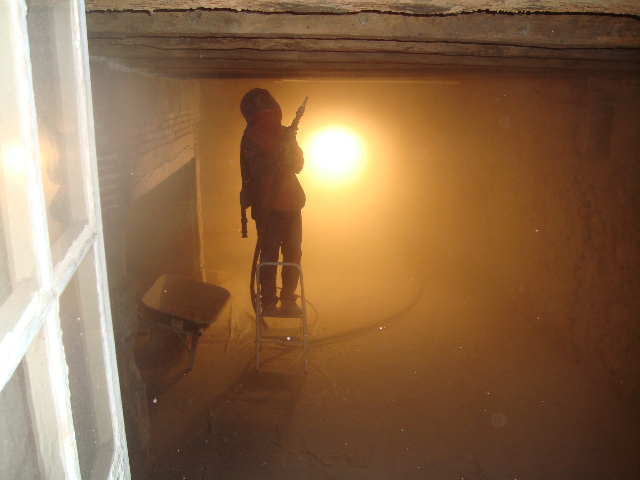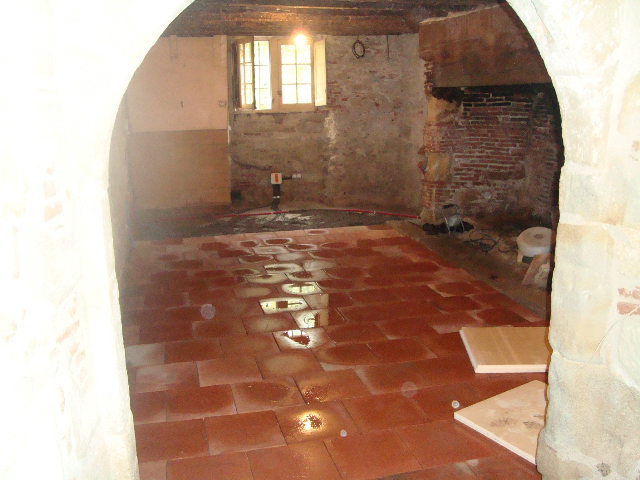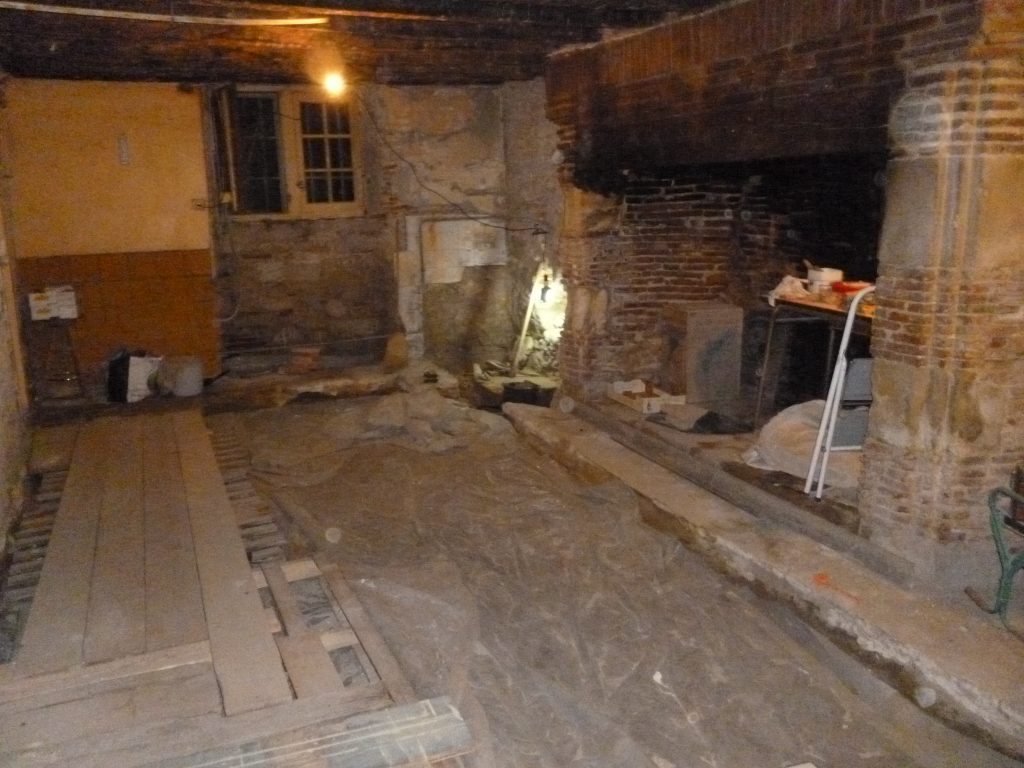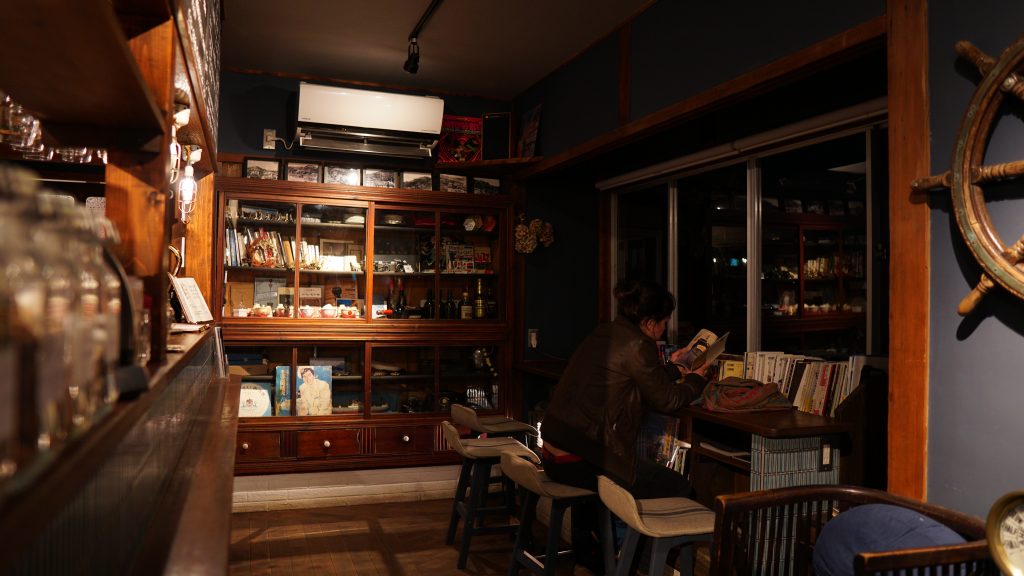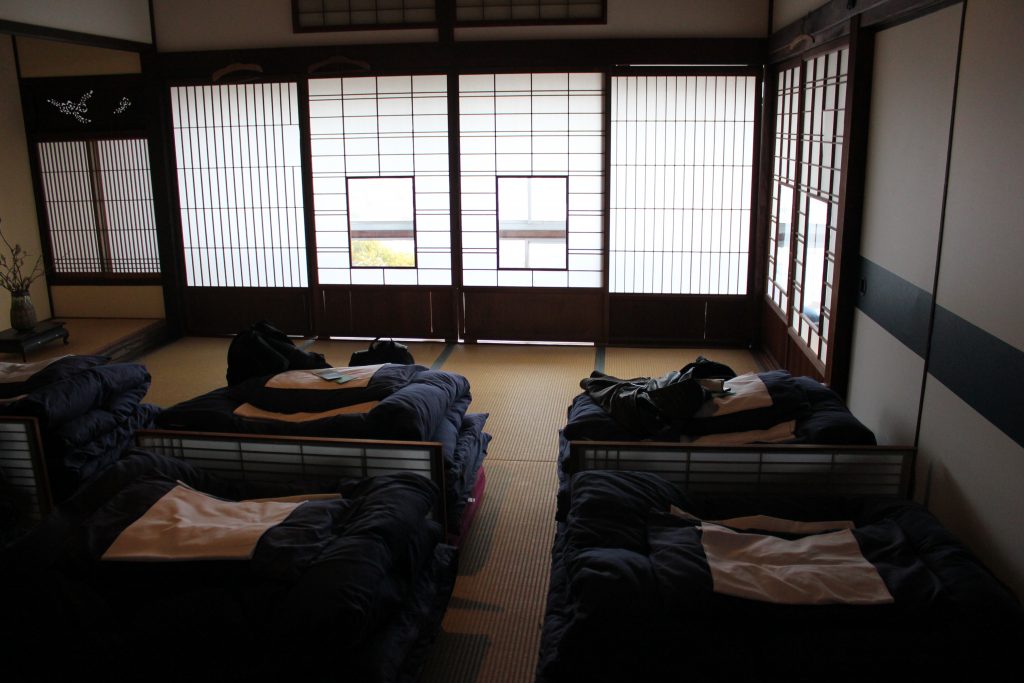by Maritchu Durand
In recent years, the akiya phenomenon in Japan [1] has received a lot of attention and the renovation of vacant houses has increasingly been associated with rural revitalization in Japan. When researching akiya for my master’s thesis, I found many examples of abandoned houses recently renovated by newcomers on social media. Although all of these houses are unique in their final conceptualization, a significant number share similar designs, colors and materials. In many cases, discrete pastel colors were used for the walls made of natural plaster. Pictures show old refurbished furniture or new sleek and minimalist tables, chairs or countertops of light wood. A clear and high ceiling is another shared feature of many houses and laying the framework bare, highlighting the raw wood structure seems to be another common strategy.
When scrolling through all these pictures, I felt strongly reminded of my grandparents’ house in the southern French countryside and especially of their most recent renovation. When they first moved to the old family house in 1978, the house had stood empty for several decades, and after rewiring the entire house with modern electricity, they installed heating and renovated the rooftop to insure its longevity. But it was not until recently that they decided to renovate the kitchen, which is the heart and soul of the house. It showed many signs of use. The plaster was falling off the walls and the furniture could hardly keep up with a house full of guests during the holidays.
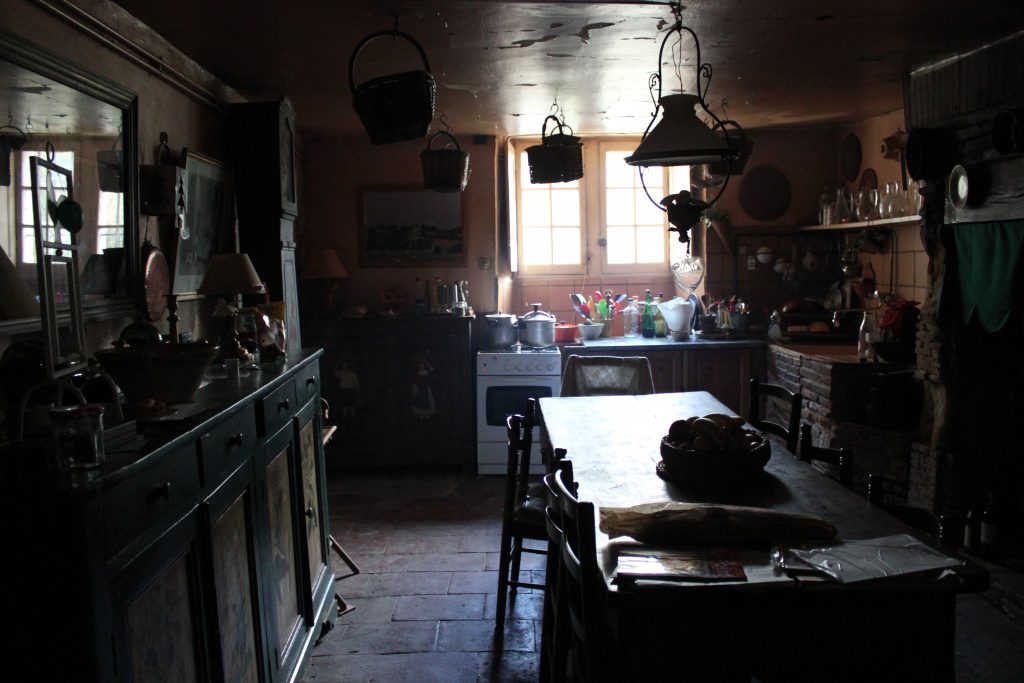
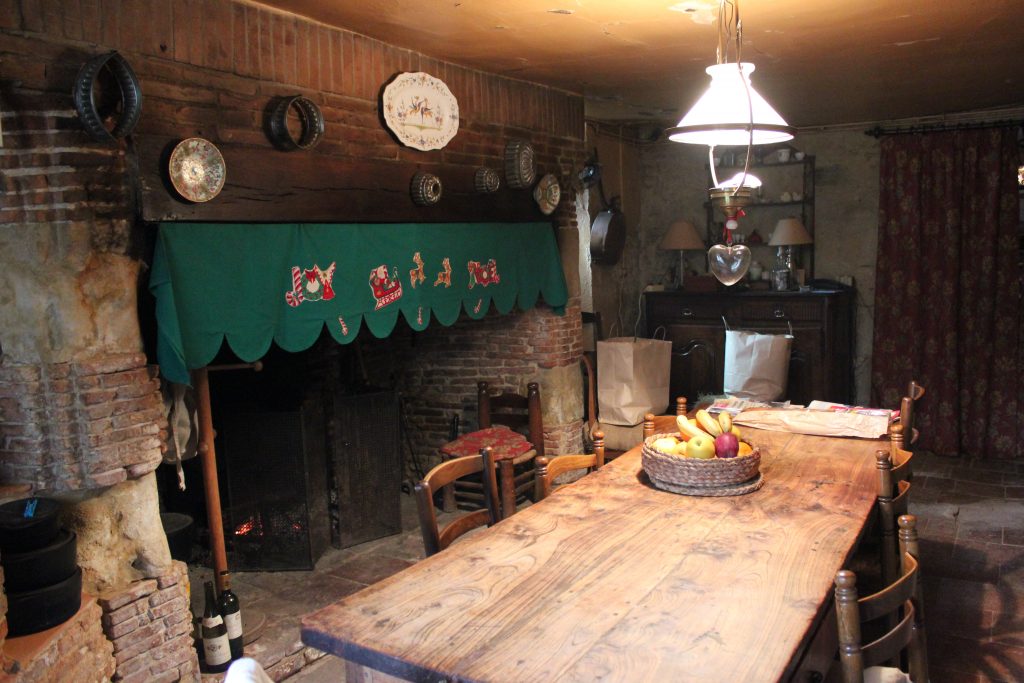
Copyright Maritchu Durand 2013
With the help of friends and family, they stripped down the entire kitchen, laid bare the old stone wall, retiled and plastered the sink with pastel colored natural materials. They decided to keep the ceiling as is with the wooden structure visible. Finally, they returned the fireplace to its original look, and refurnished the kitchen with new cupboards and counters made of wood from an old tree they had cut and dried years ago.
Copyright Elise Durand 2013
When I asked my grandmother about their choices, I realized that their decisions were mostly made for aesthetic, but also for pragmatic reasons. Since they laid the stonewall bare they decided to keep the same color panels on the opposite wall to give the kitchen a soft, natural atmosphere. The kitchen’s centerpiece, a century old wooden table, inspired the material for the new furniture. The choice for the ceiling, however, although it also gives the kitchen a raw and natural look, was more pragmatic: they mainly wanted to gain a few inches from the already low ceiling in order to get more natural light in the room.
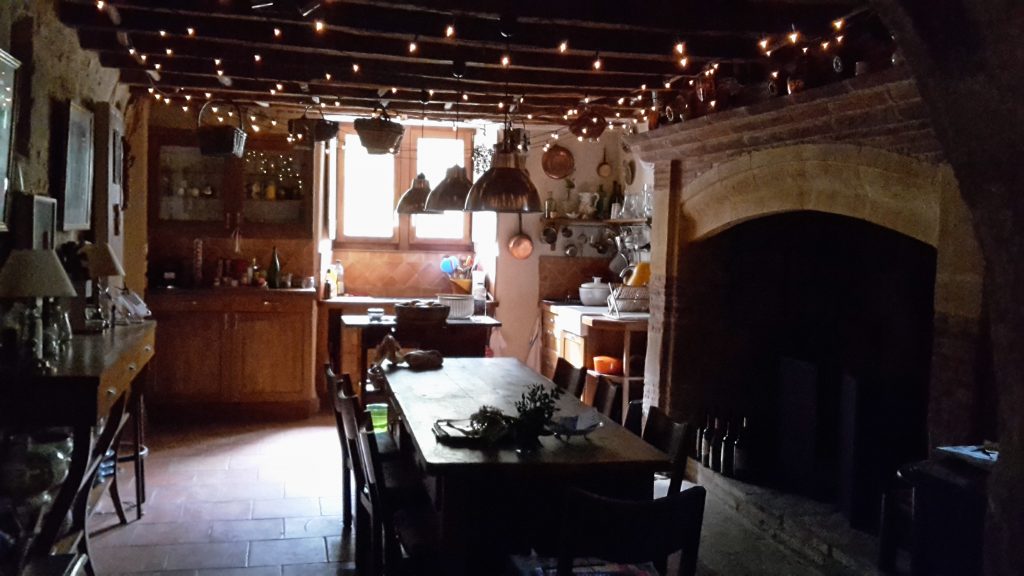
Copyright Maritchu Durand 2019
I was surprised that my grandparents’ aesthetic choices during their renovation in many ways resembled those of young urban-rural migrants renovating akiya in Japan. These similarities in aesthetics can be summarized as raw, natural and simple. Although I cannot make any conclusions regarding the reasons that motivated young Japanese to choose these aesthetics, yet, I think it is fascinating to see these similarities in taste across borders and generations. It raises questions about how these ideal images of rural housing emerge, how they spread globally and why they are appealing to such diverse people in different parts of the world.
Copyright Kamil Qadri (left) and Maritchu Durand (right) 2018
The personal connection I immediately had with the images of renovated houses, reminded me of what I have learned in the social science method courses in my Japanese studies MA program [2]. I realized that researchers always bring their own experiences to their research projects. It is therefore important to be conscience of this positionality and to reflect on how it will influence one’s research. It might open up new perspectives or introduce researchers to new aspects of their research topic. For me at least, I realized that decisions about how an akiya might be renovated do not only include aesthetic choices, strongly connected to the “natural” or “organic”, but might also be very pragmatic and practical.
[1]
for more articles on akiya, see the article by Jyoti Vasnani or a previous article by Maritchu Durand.
[2]
Please check out the blog “Forschungswerkstatt” led every year by the course on methodology at the Free University of Berlin.

